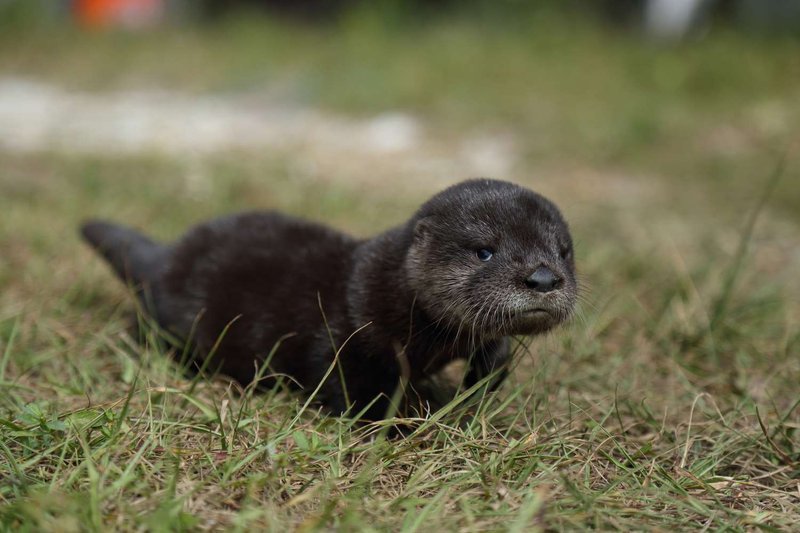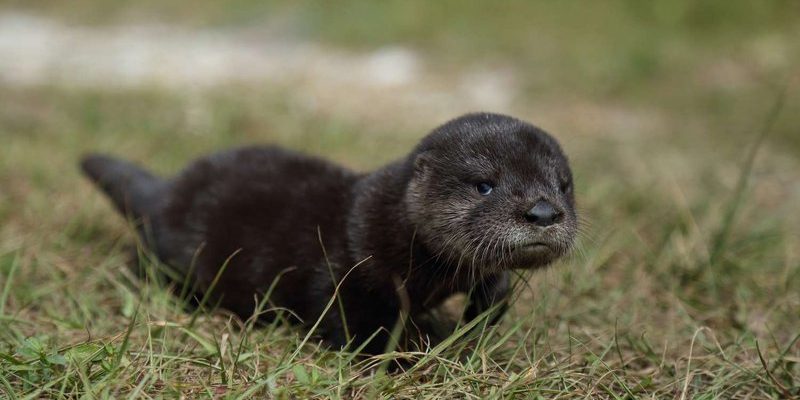
In this article, we’ll dive deep into the state of river otters across the globe. We’ll explore their conservation status, the challenges they face, and the efforts being made to protect them. Just like a river flowing smoothly through its banks, understanding the conservation of river otters involves navigating through various facts and figures. So, let’s get started!
Understanding River Otters
River otters belong to the weasel family, and they’re known for their playful behavior. With their thick fur and agile bodies, they thrive in various aquatic habitats across North America, Europe, and parts of Asia. We often see them sliding down mudbanks or playing in the water. They spend a lot of time hunting for **fish**, **crayfish**, and even small mammals.
But river otters are more than just cute faces. Their presence in an ecosystem often indicates a healthy environment. When river otters flourish, it usually shows that the waterways are clean and full of life. However, the changing environment and human activities can disrupt their habitats, leading to potential threats.
Current Conservation Status
So, what’s the current status of river otters globally? Fortunately, river otters are not classified as endangered. In the United States, they are considered least concern, but that doesn’t mean they’re entirely out of the woods. In some regions, like parts of the Midwest and Eastern United States, populations have rebounded thanks to conservation efforts.
However, there are still areas where river otters face decline. Regions affected by habitat destruction, pollution, and climate change see fewer otters. It’s a reminder that while some populations thrive, others struggle to survive. Monitoring these changes is crucial for their continued existence.
Threats to River Otters
River otters face a variety of threats, and understanding these can help us better protect them. Here are some of the main challenges they encounter:
- Habitat Loss: As humans expand into natural areas, river otters lose vital habitats. Development, agriculture, and logging can drastically alter the landscape, removing their homes.
- Pollution: Chemicals and waste in rivers can harm otters. Contaminated water affects their health and food supply, making it harder for them to thrive.
- Climate Change: Changes in temperature and weather patterns disrupt the ecosystems where otters live. Warmer waters can lead to fewer fish, which impacts their diet.
- Trapping and Hunting: Although regulated in many areas, trapping still poses a threat. Otters can become accidental victims in traps meant for other animals.
Recognizing these threats is the first step toward effective conservation.
Conservation Efforts in Action
Many organizations and initiatives are dedicated to helping river otters. Conservationists work to restore habitats, improve water quality, and raise awareness about the importance of these animals. Here are a few strategies being implemented:
1. **Habitat Restoration:** Organizations often focus on restoring wetlands or riverbanks, ensuring that otters have the right places to live and hunt. This can involve planting native vegetation and removing barriers in waterways.
2. **Legal Protection:** Many areas offer legal protections for river otters, regulating hunting and trapping. These laws help keep populations stable and encourage coexistence.
3. **Community Engagement:** Education is vital. Programs that teach local communities about river otters and their needs foster a sense of stewardship, encouraging people to look after their local ecosystems.
4. **Research and Monitoring:** Continuous research helps scientists understand river otter populations. By tracking their movements and assessing health, we can identify pressing threats and adjust conservation strategies as needed.
Success Stories
There have been some heartwarming success stories in river otter conservation. In states like **California**, river otters have made a remarkable comeback after facing near extinction in the early 1900s due to fur trapping and habitat loss. Thanks to strict protections and cleanup of waterways, otters are once again frolicking along the coast and rivers of this state.
Similarly, in regions like **Connecticut**, dedicated wildlife rehabilitation efforts have helped reestablish local river otter populations. By fostering public interest and support, these initiatives create a network of concerned citizens rallying around the cause.
These examples show that with the right efforts and community involvement, we can see real positive changes for river otters.
What You Can Do to Help
Feeling inspired to make a difference for river otters? Here’s how you can get involved:
– **Support Local Wildlife Organizations:** Contributing to or volunteering with groups focused on habitat preservation can make a significant impact. Your efforts help in ongoing restoration projects and education campaigns.
– **Educate Yourself and Others:** Sharing information about river otters can help raise awareness. The more people understand these animals and their struggles, the more advocates there will be.
– **Practice Eco-Friendly Habits:** Reduce pollution by being mindful of how you dispose of chemicals and waste. Keeping waterways clean ensures that river otters have a better chance at survival.
– **Advocate for Conservation Policies:** Support local and national legislation that protects wildlife habitats and regulates hunting practices.
Every small action adds up, and together we can create a future where river otters thrive.
Final Thoughts
So, is the river otter endangered? While they’re not classified as endangered globally, they face significant challenges that can jeopardize their populations. Understanding these challenges and actively participating in conservation efforts can help ensure that river otters continue to bring joy and wonder to our rivers and streams. Just like that river they inhabit, our efforts can create a ripple effect, leading to a healthier ecosystem for all. Let’s work together to protect these playful otters for generations to come!

